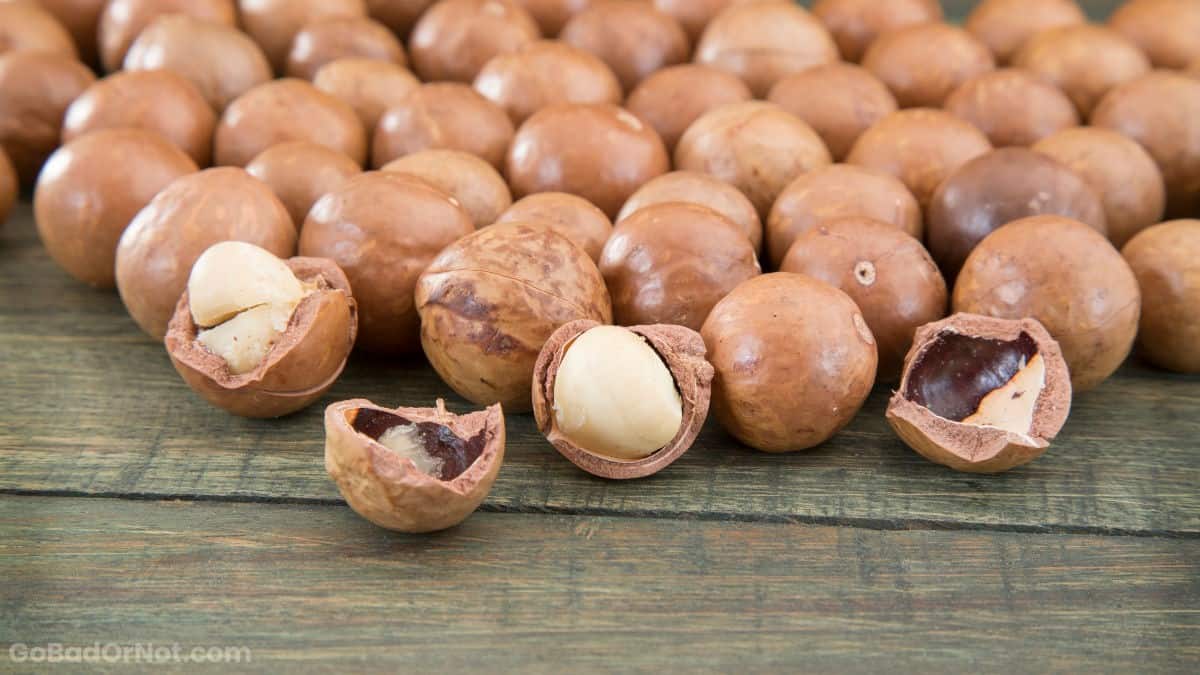



Article by: Hari Yellina (Orchard Tech)
Macadamia is a member of the family Proteaceae, native to Australia and among only a handful of commercially cultivated endemic Australian plants; it is grown for its edible nuts. Australia and Hawaii are the major producing areas with others including California, Central and South America, and eastern and southern Africa. There are several species of Macadamia that exist in Australia but only two species, Macadamia integrifolia and M. tetraphylla and their hybrids are grown commercially. These species are indigenous to the subtropical rainforests of the east coast of Australia.
The production of macadamia nuts in Australia is centred in northern New South Wales and south-eastern Queensland. These areas provide the rich soils and high annual rainfall needed to promote maximum growth. The nuts themselves grow encased in a hard, woody shell, which is protected by a green-brown fibrous husk. In its natural state, a macadamia tree will have flowers, nutlets and mature nuts growing simultaneously, in abundance for much of the year. The nuts fall to the ground between March and September each year and are harvested by pinwheel harvesters at regular intervals.
Macadamia Production in Australia
There are approximately 850 macadamia growers operating in Australia. The majority of the plantings are in northern New South Wales and south-eastern Queensland with fewer plantings on the New South Wales mid-north coast as well as central and northern Queensland.
Most of the plantings are on the coastal plains east of the Great Dividing Range with some pockets on tablelands in north Queensland. There are also minor plantings in Western Australia. Current estimates are that the Australian industry has about six million trees covering an area of 17,000 hectares varying in age from newly planted to trees that are over 40 years old.